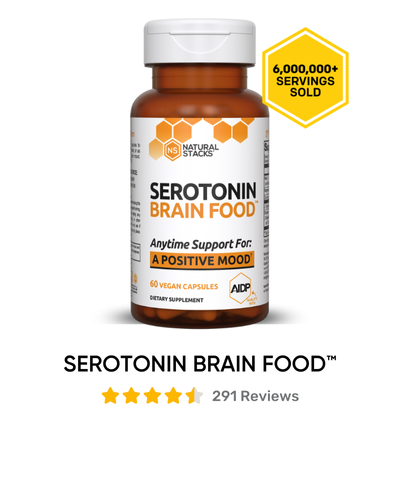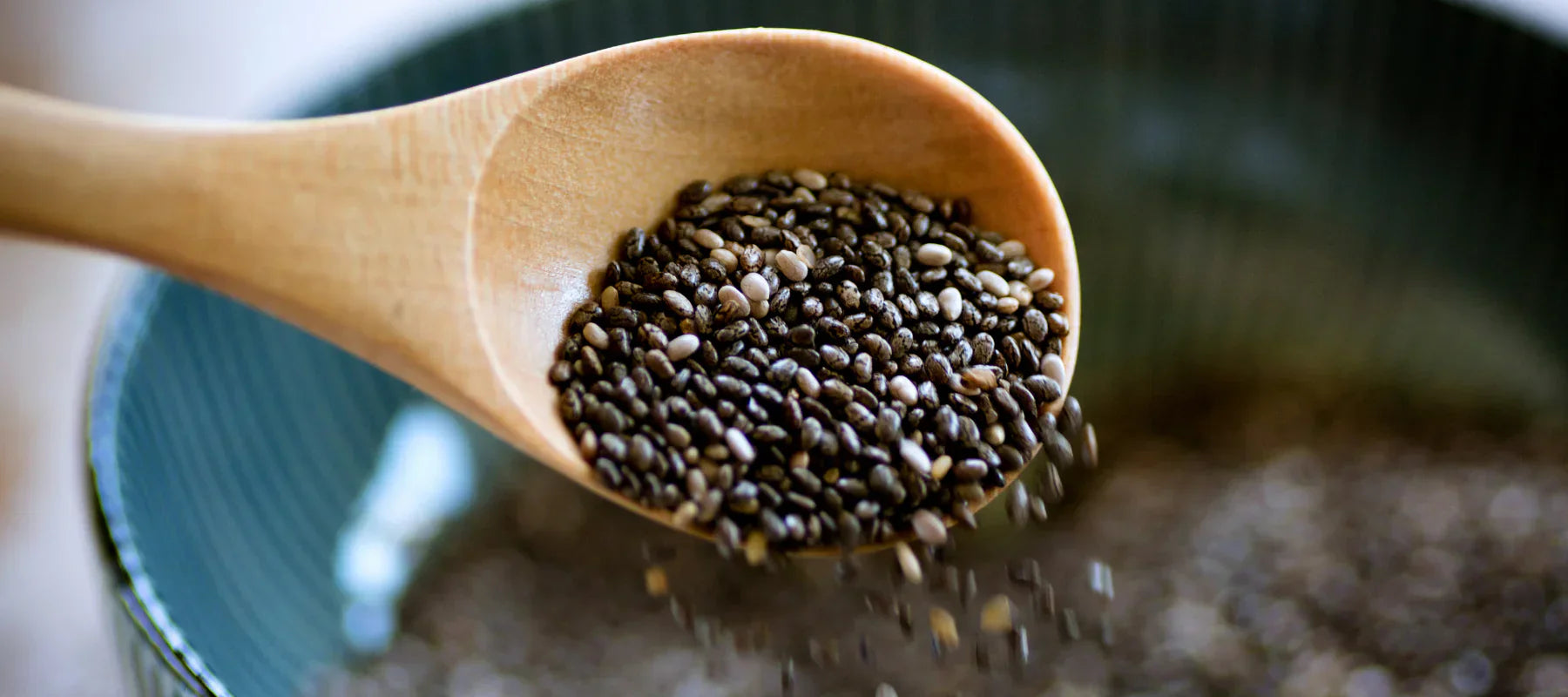Supplementing BCAAs and Beta Alanine for Muscle Mass and Maximum Strength


A common misconception by those making their first foray into the world of fitness is believing that all protein is created equal.
Branched-chain amino acids (BCAAs) have undergone a new surge in popularity amongst knowledgeable fitness-enthusiasts recently, and for good reason.
These protein subunits have been proven to have potent beneficial effects in the human body like:
- Building lean muscle mass
- Supporting fat loss
- Protecting muscle against catabolism
- Maximize strength output
But before I get carried away with the specifics, let me provide a little background on what BCAAs are.
Proteins, the building blocks of our muscle and the basis of all of the vital enzymes in our body, are made up of various subunits known as amino acids. You’re probably aware that some amino acids are ‘non-essential’, meaning that our body can synthesise these amino- acids from the proteins we eat.
Other amino acids can’t be formed in our body and need to be directly consumed, hence the term ‘essential amino acids’. But another important distinction to be aware of is the structure of amino acids; some are structured with branched chains (Leucine, Isoleucine and Valine) – and these particular amino acids are the focus of this discussion.
These branched-chain amino acids (BCAAs) account for just 3 of the types of amino acids in our bodies, yet they compose a huge 35% of those found in our muscles! They also make up 40% of our daily intake requirements of the 9 essential amino acids [1]. This is your first clue to the importance of an adequate intake BCAAs!
Bro-science or research-tested?
Call me a sceptic, but as a general rule I tend not to buy into any hype unless I’m satisfied that there’s some decent academic papers on the subject. However, on this occasion, the ‘Bros’ at the gym have actually been listening to the correct information.
In addition to sports science research, there’s also a wealth of data on BCAAs from within the medical community, for the potential use of BCAAs in times of severe physiological stress resulting from various disease states.
Here’s what you need to know about BCAAs:
Intense physical exercise results in the breakdown of BCAAs [1].
Remember what I said 35% of our hard-earned muscle mass was made up of? That’s right, Leucine, Isoleucine and Valine – the BCAAs. Breakdown of these BCAAs is a well-known process and is largely the result of the activation of what’s known as the branched-chain α-keto acid dehydrogenase (BCKDH) complex. Supplementing with BCAAs before/during your workout can spare the breakdown of the BCAAs which compose your precious gains.
Branched-chain amino acids prolong exercise during heat stress [2].
Subjects in this small study were given BCAA-containing drinks during their work-out and compared to a control group who were given a placebo. The findings stated that endurance in the BCAA group was significantly greater. Although this is a small study, the results are certainly exciting for athletes.
Branched-chain amino acid supplementation reduces delayed-onset muscle soreness [4].
There have been numerous studies confirming that BCAAs reduce biochemical markers of muscle damage post-workout. There are now also studies out which assessed the subjective muscle damage in the form of DOMS and found that soreness was reduced for individuals supplementing with BCAAs before and during workout.
Leucine enhances protein synthesis [3].
Leucine is arguably the most important of the 3 BCAAs to supplement with. Not only does it have a positive effect on protein synthesis (which is essential for muscle- building and mass maintenance) but it’s also the most rapidly oxidised of the 3 during exercise, therefore requiring increased quantities for replacement.
What does the ratio 2:1:1 mean?
BCAAs are often formulated in a 2:1:1 ratio, meaning simply that there is 2 parts Leucine, 1 part Isoleucine and 1 part Valine. This is believed by many to be the optimal balance of the 3 compounds; the rationale being that the BCAAs found in human muscle tissue are in these proportions. It also reflects the fact that we have the greatest demand for Leucine during intensive work-outs (see previous point).
How should I incorporate BCAAs into my training?
I personally recommend taking BCAAs an hour before your workout and another dose during, or after, the workout. Also, when on a calorie-restricted diet I take a few smaller doses spaced throughout non-training days, just to help keep muscle catabolism to a minimal.
Although there are no formal guides as to what doses to take, between 6 and 10 grams a day is commonly used, depending on your body weight. But consult your physician if you’re in any doubt, or if you have any medical conditions.
Also, of course, muscle breakdown can be ameliorated by ingesting greater quantities of carbohydrates before working out, so our bodies don’t resort to burning our hard-earned gains (or what’s often perceived by our physiology as ‘abundant protein’). But for most of us, adding extra calories – purely to preserve muscle – is an expensive luxury in terms of body composition.
Fortunately, with supplementation, we can consume the BCAAs in our blood instead of those in our muscle and still maintain a fat-burning state, if we wish.
Who can benefit from BCAA supplementation?
It seems that the benefits of BCAAs are universally applicable; old or young, male or female… if anybody wants a stronger, leaner physique; if they’re on a calorie-restricted diet; or if they exercise regularly, then BCAAs should definitely be considered as they could definitely contribute towards a healthy, more optimal body.
Including Beta-Alanine Intake with BCAAs
Ironically, beta alanine is classified biochemically as one of the ‘non-essential’ amino acids, due the fact that it can be synthesised to some extent in our bodies. But for those biochemists that like to shift iron or hit the treadmill in their spare time, ‘non-essential’ probably wouldn’t be their choice of words to describe beta alanine; as it’s been shown to increase power, strength and endurance significantly in various studies.
Beta alanine’s effects largely come from the fact that it is a rate-limiting pre-cursor in the production of a compound called carnosine in our muscles [5]. Meaning that, having an optimal amount of beta alanine will increase the levels of carnosine. In fact, studies have shown that regular ingestion of beta alanine can raise muscle carnosine levels by 80% [6].
But why is this important? And what is carnosine?
Carnosine is dipeptide produced in our body and it likely functions as a pH buffer, meaning it helps regulate acidity – something which is essential in any high-intensity training. That burning feeling and exhaustion in your muscles during a work-out is caused by the increased acidity, secondary to anaerobic respiration.
It’s well established that increased carnosine levels leads to improved performance in both trained and untrained individuals [6]. Fast-twitch muscle fibres are enriched with carnosine, and it’s been shown that athletes with a greater proportion of fast-twitch muscle fibres, such as elite sprinters, have greater levels of carnosine [6].
An additional benefit of carnosine is that it’s an incredibly potent anti-oxidant also; cuts of meat which happen to contain naturally high levels of it last much longer before spoiling because of the anti-oxidant effect of carnosine.
You might be thinking, why not just take carnosine directly? However, the vast majority seems to be broken down in the GI tract into its constituents but fortunately, supplementing beta alanine is a very effective way of increasing carnosine indirectly. Taking beta alanine also means you may get the additional perk of the famous vasodilation and pleasant tingling that beta alanine is known for.
The bottom line
Reviewing the available evidence regarding BCAAs and beta alanine, it seems safe to say that these are 4 natural compounds that you need in your nutrient arsenal if you want to optimize your physical performance, aesthetics, or your training intensity.
WARNING: Before you purchase a BCAA product, it's important that you look up where the ingredients are sourced from. Most products are made from inferior sources like human hair, hog hair or bird feathers. Companies will even still label their product as "vegetarian" even though it's made from hair.
Natural BCAAs are an excellent choice because they are pharmaceutical grade BCAAs, sourced from 100% natural botanical sources and milled 7x for maximum absorption by the body.
REFERENCES:
- ‘Exercise Promotes BCAA Catabolism: Effects of BCAA Supplementation on Skeletal Muscle during Exercise’ (http://jn.nutrition.org/content/134/6/1583S.full).
- ‘Branched-chain amino acids prolong exercise during heat stress in men and women’ (http://europepmc.org/abstract/med/9475648).
- ‘Potential Therapeutic Effects of BCAA Supplementation on Resistance Exercise-Based Muscle Damage in Humans’ (http://www.ncbi.nlm.nih.gov/pubmed/10418071).
- ‘Branched-chain amino acid supplementation before squat exercise and delayed-onset muscle soreness’ (http://www.ncbi.nlm.nih.gov/pubmed/20601741).
- ‘Influence of β-alanine supplementation on skeletal muscle carnosine concentrations and high intensity cycling capacity’ (http://link.springer.com/article/10.1007%2Fs00726-006-0364-4).
- ‘Muscle carnosine metabolism and beta-alanine supplementation in relation to exercise and training’ (http://www.ncbi.nlm.nih.gov/pubmed/20199122).










